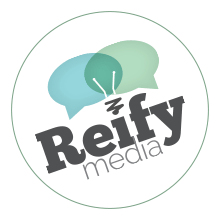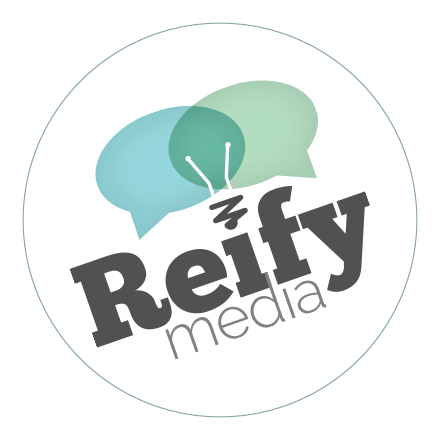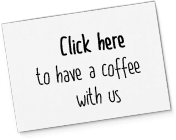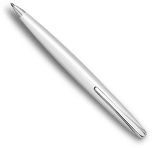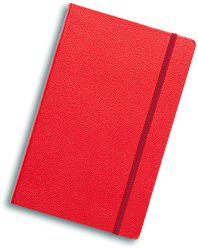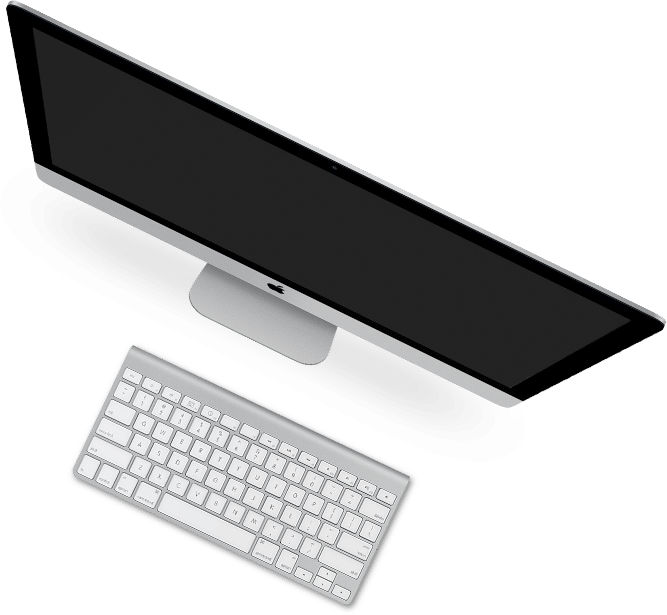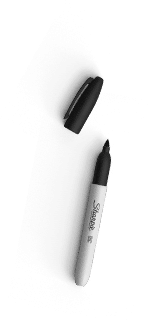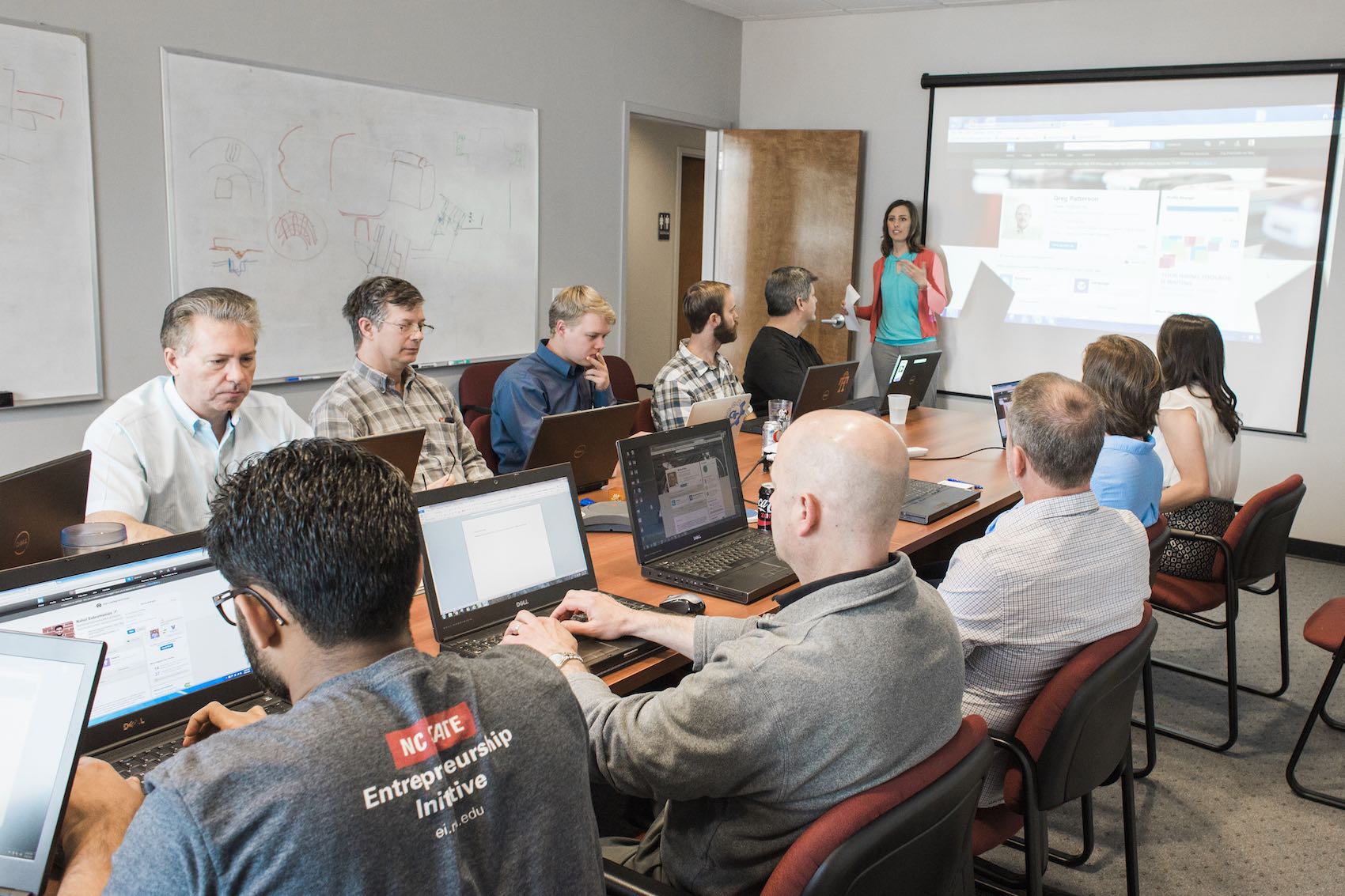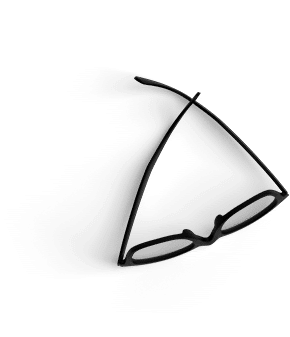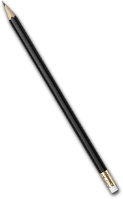Reify Media delivered an informal presentation earlier this year at a local engineering consulting firm, Porticos. Understanding the power of social media, the management team at Porticos sponsored this opportunity for employees to learn more about LinkedIn. Our team structured the lunch-and-learn workshop to focus on profile maintenance, and Porticos engineers were bribed to attend with promise of free pizza. (Everybody wins!)
The day got me reflecting a bit on presentation styles and how mine has evolved over the years.
The Old Me: Research and Facts Rule
If, just a few short years ago, you had asked me to facilitate a discussion about LinkedIn, I would have said yes—then headed straight into research mode. I would have read white papers, scoured blogs, saved infographics, and otherwise made all attempts to be the biggest expert on LinkedIn’s past/present/future. Then, I would have spent the first 15 minutes of the workshop presenting my findings, going through PowerPoint slide after PowerPoint slide to make sure everyone felt informed and convinced that LinkedIn mattered (and felt comfortable considering me an expert on the topic).
The old way was content first, with little perspective for audience.
Luckily, for the Porticos engineers especially, that’s no longer my presentation style. Don’t get me wrong; I still love research and can point you to infographics about a strange myriad of subjects (anything from SEO to Disney Princesses). But now when I introduce presentation topics, I don’t begin by sharing my litany of research samples and statistics. I don’t begin by convincing audience groups of my topic’s worth or establishing my expertise.
Now: Experience and Relevance are Key
Now I start, instead, with benefits. I prepare for workshops by trying to understand how a session might have short- and long-term benefits for the participants. Then I talk with my audience about how they might benefit from what I’m talking about that particular day.
Now I prepare for workshops by trying to understand how a session might have short- and long-term benefits for the participants.
For example — do the engineers at Porticos care how many users LinkedIn currently has, or are they especially interested in the effect of LinkedIn posting on SEO? Maybe, in the right context — but probably not for 15 minutes, and definitely not during a busy workday when cutting-edge product designs are waiting back for them in their labs and offices (or when there’s free pizza in front of them).
How it Works
For this workshop, I started by suggesting that their LinkedIn activity might help to boost their individual, professional ethos in their community. I gave them credit for the exciting projects on which they’ve spent countless hours and immesurable brain power, and I asked if they wanted to learn how to quickly share some of projects with the world. I connected it all to a bigger question of how they can help attract more exciting projects to their firm.
In other words, I shared benefits. I talked about why they should invest their time and attention in the workshop—why LinkedIn might matter to them.
After my brief “what’s in it for you” introduction, we workshopped together. It was a BYOD workshop, so in real time, they practiced updating profile images, customizing header info, editing summary descriptions to be more engaging, improving employment descriptions, and more. It was a great quick session, and the attendees asked valuable questions about how they could make their profiles stand out. It was powerful to hear a room full of engineers asking to learn more about how they might write, connect, and share.
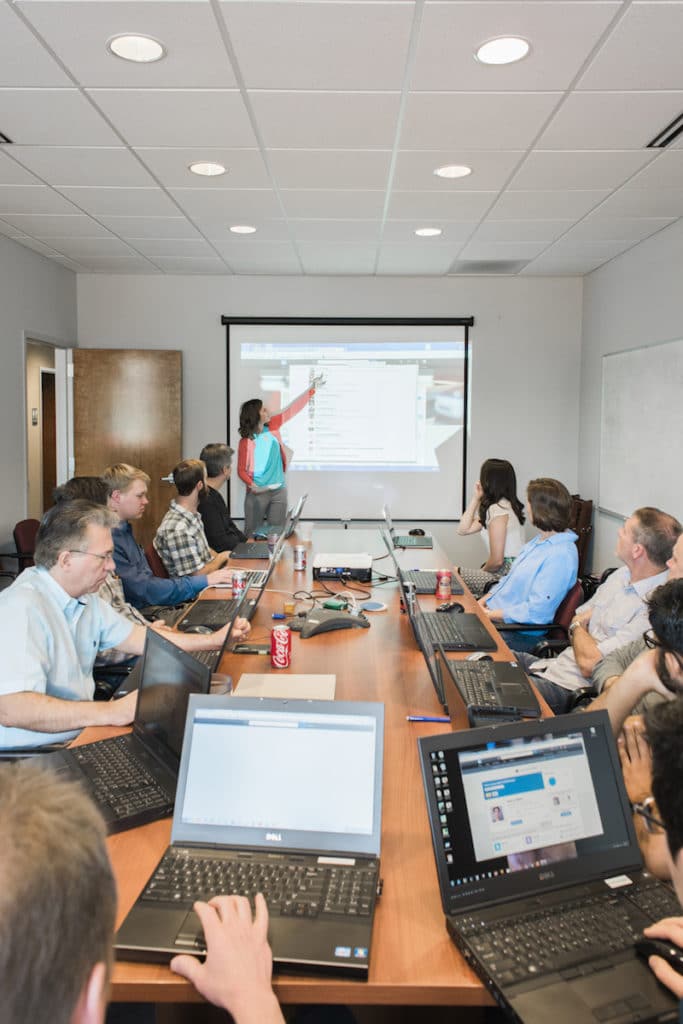
“I shared benefits. I talked about why they should invest their time and attention in the workshop—why LinkedIn might matter to them.”
It sounds simple: perspective on audience first, rather than expertise on content. But so often, wrapped up in trying to ensure that we delivery the expertise that’s being requested, we focus instead on the data. Now, I try instead to adopt the perspective of my audience and then to understand what my audience might do with the information I share.
Once the pizza was gone and the engineers were starting to daydream about their product design work again, we ended the session and thanked them all for their time. We all appreciated the opportunity to work with the Porticos team, and our team left feeling great about the engineers’ enthusiasm for the day’s topic.
Looking Forward
I always appreciate a reminder on the value of perspective. By trying to find the perspective of our audience, and by using that perspective as a starting point—by trying to make sure our content is relevant to our audience and by trying to make that relevance authentic and clear—we better serve our content, our audience, and our own professional reputations as speakers and experts.
Of course, I hope you’ll let us know if there’s a lunch-and-learn topic you’d like us to bring to your team or organization. Or maybe check out some of our other posts about presentations. Beyond that, I hope you’ll share any related ideas or tips on audience-focused presentations you might have, or that you’ll let me know if this story inspired you to think about an upcoming presentation or topic with a perspective-first mindset.
